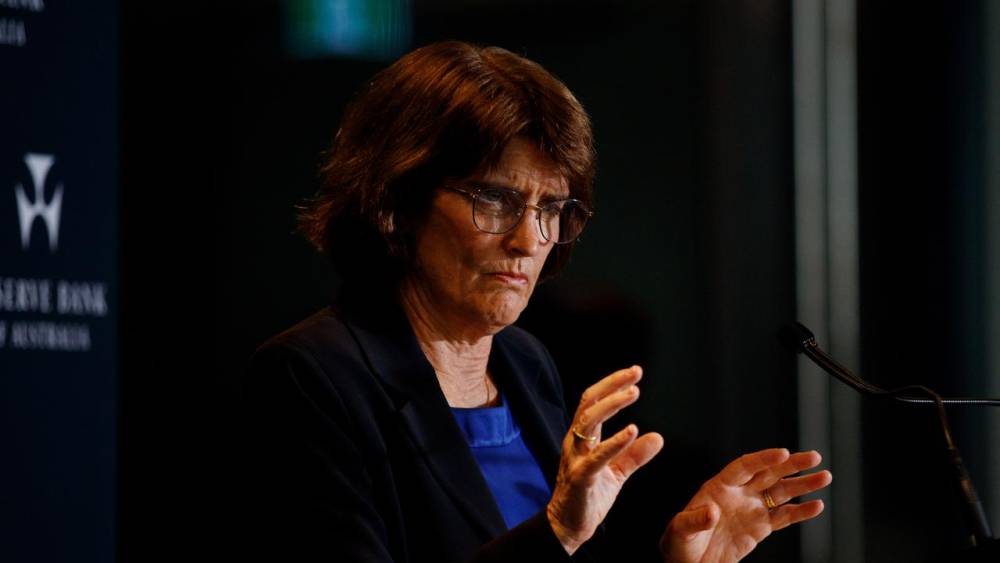
As the Reserve Bank of Australia (RBA) weighs the possibility of cutting interest rates amid global economic uncertainty, leading economists are cautioning against aggressive monetary easing, warning it could further fuel the country’s already surging housing market.
Independent economist Saul Eslake has advised the central bank to resist relying heavily on interest rate cuts — a strategy frequently used during past downturns — as it has historically led to rapid house price growth, worsening affordability for prospective homebuyers.
“When the Reserve Bank cuts the cash rate by a lot, as we saw in the GFC and Covid, what takes off is house prices,” Mr Eslake told NewsWire. “If a US recession comes to pass and that pushes Australia into a recession via the impact on China, maybe we should be cautious assuming the right response is a big cut in interest rates.”
His comments come as RBA Governor Michele Bullock is widely expected to announce a rate cut later this month, amid growing global financial instability, largely attributed to renewed tariff tensions triggered by US President Donald Trump’s trade policies.
However, housing data supports Eslake’s concerns. PropTrack’s latest figures show that the national median house price reached a record $805,000 in April — a 0.2 per cent monthly rise. Since the market lows of March 2020, Australian house prices have surged by an astounding 48.6 per cent, creating further barriers for first-home buyers.
The strong rebound in property prices, even in the absence of substantial rate cuts this year, highlights the sensitivity of the housing market to monetary policy. Capital cities continue to report even higher price growth, amplifying the affordability crisis in urban areas.
Mr Eslake recommends that, in the event of a global downturn, the federal government should consider using targeted fiscal stimulus measures rather than relying solely on monetary tools. “Fiscal policy should be the first lever we pull to support the economy,” he said, suggesting infrastructure investment, social support, and housing subsidies as alternatives.
As Australians grapple with record property prices and persistent cost-of-living pressures, the RBA’s next move will be closely watched. A cautious, balanced approach — factoring in both macroeconomic risks and housing affordability — is increasingly seen as the prudent path forward.